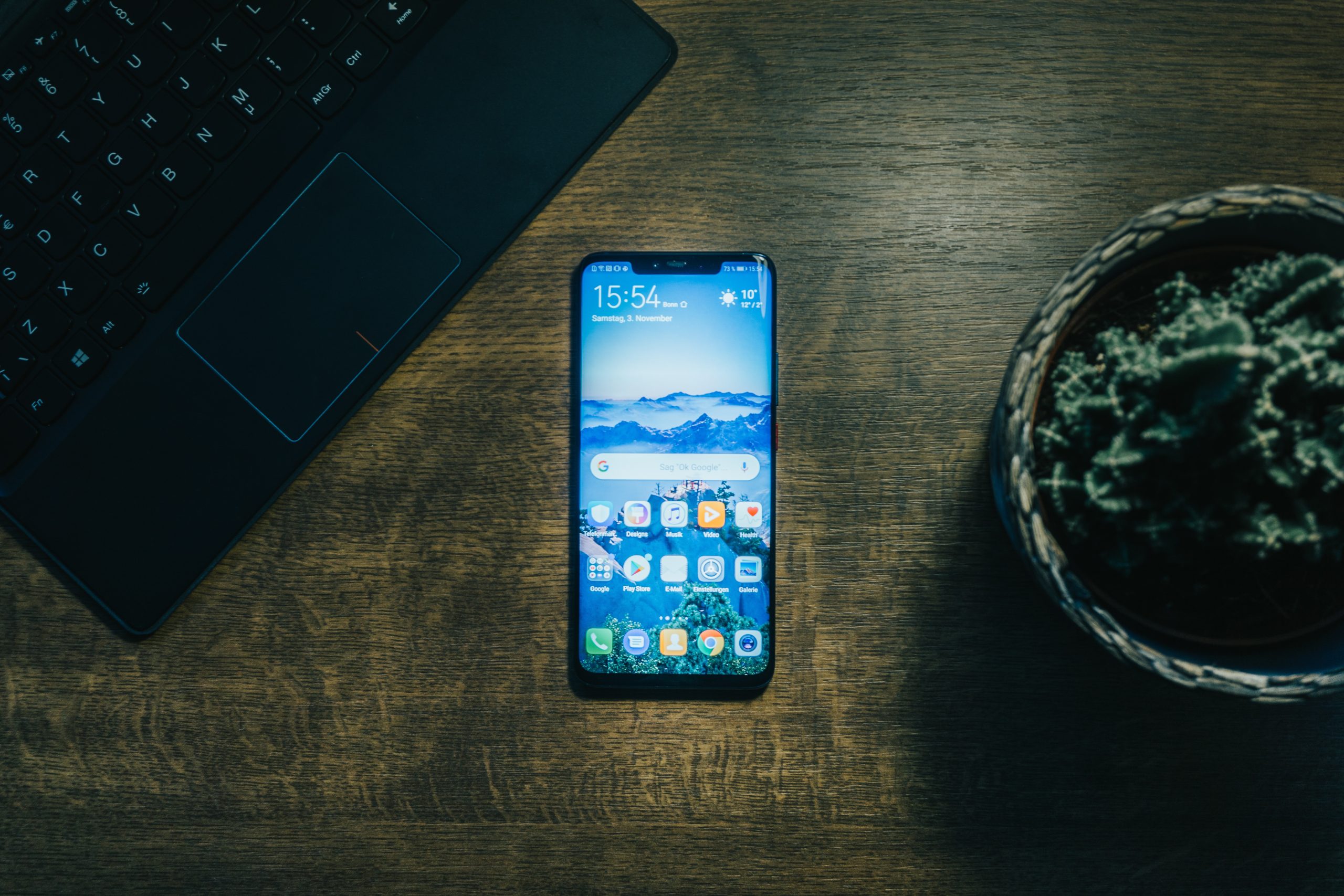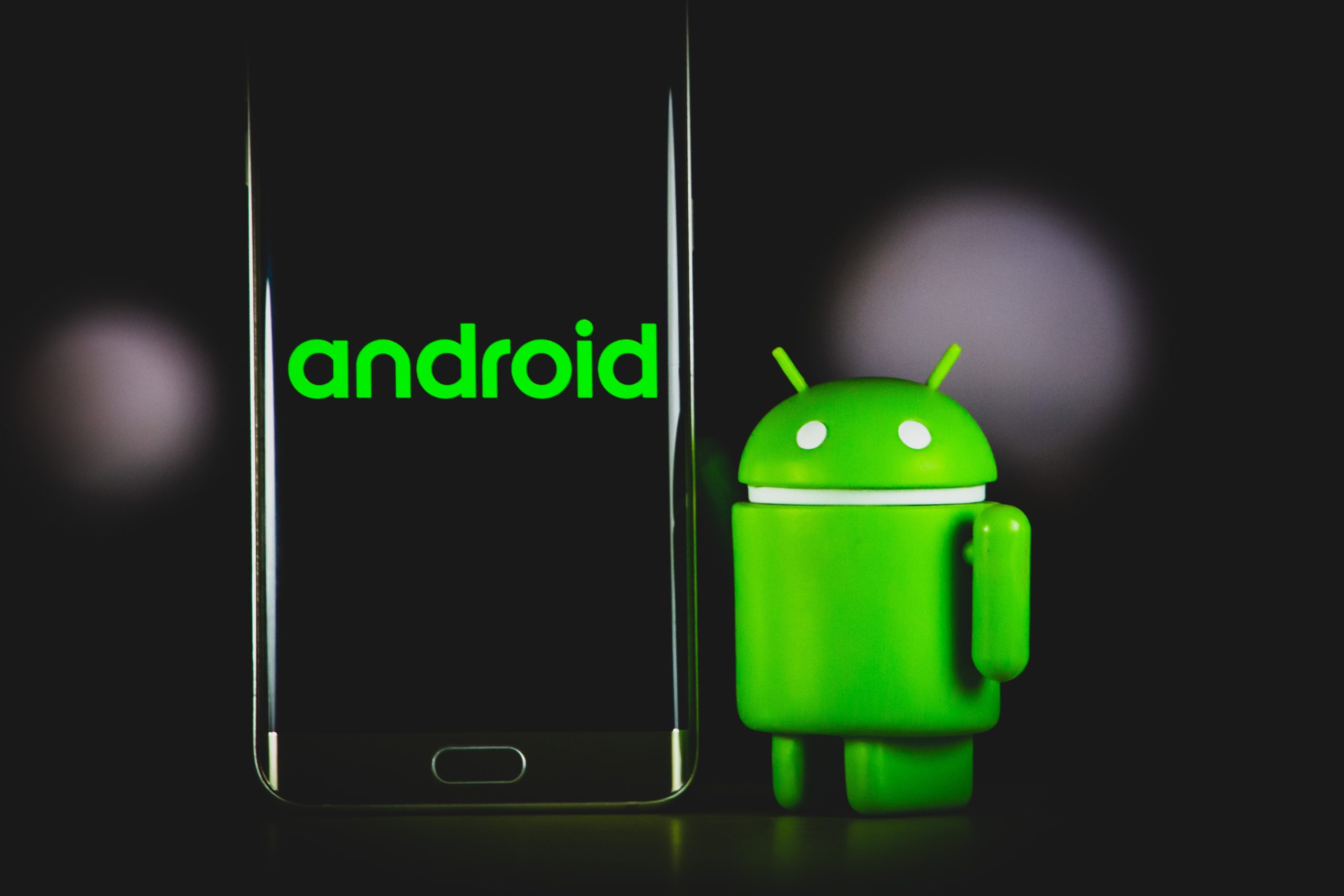In the fast-paced digital age, smartphones have become indispensable tools for communication, productivity, and entertainment. However, the constant use of various applications, services, and features can put a strain on your Android device’s battery life. To ensure your smartphone keeps up with your daily demands without running out of power prematurely, let’s explore effective strategies to supercharge your Android device’s battery life.

Optimize Screen Brightness and Timeout Settings
The display is one of the most power-hungry components of your Android device. By adjusting your screen brightness to a level that is comfortable for your eyes but not excessively bright, you can significantly conserve battery life. Additionally, consider reducing the screen timeout duration, which controls how long your device stays awake after inactivity. Shortening this interval ensures your screen turns off promptly when not in use, saving precious battery power.
Manage Background Apps and Processes
Many applications run background processes that continue to consume resources even when you’re not actively using them. Android provides tools to monitor and manage these background activities. Navigate to your device’s settings, find the “Apps” or “Applications” section, and review the list of installed apps. Disable or restrict background activity for apps that don’t require constant updates. This not only conserves battery but also optimizes your device’s performance.
Enable Battery Saver Mode
Android devices typically come equipped with a Battery Saver mode that adjusts various settings to extend battery life during critical moments. When activated, Battery Saver limits background processes, reduces screen brightness, and modifies syncing intervals. You can manually enable Battery Saver mode when you anticipate extended periods without access to a charger, ensuring your device conserves energy when needed.
Opt for Dark Mode
The advent of Dark Mode in many Android applications and system interfaces is not just an aesthetic choice; it can contribute to energy savings, especially on devices with OLED or AMOLED screens. Dark Mode reduces the power consumption of pixels on such displays, leading to improved battery efficiency. Explore your device’s display settings or individual app settings to enable Dark Mode wherever available.
Manage Location Services
Location services, such as GPS and Wi-Fi scanning, are essential for many applications but can be significant contributors to battery drain. To optimize location services, access your device’s location settings, and review which apps have permission to access your location. Consider restricting location access for apps that don’t require it constantly. Additionally, choose the “Battery saving” mode for location accuracy, as it relies on Wi-Fi and mobile networks rather than GPS for positioning.

Update Apps and Operating System
App and system updates often include optimizations and bug fixes that can enhance both performance and battery efficiency. Ensure that your Android device is running the latest version of its operating system (OS) and that your installed apps are up to date. Developers regularly release updates to address issues, including those related to battery optimization.
Customize Syncing and Push Notifications
Many apps continuously sync data in the background, consuming both data and battery. Review your syncing settings for apps like email, social media, and cloud services. Consider adjusting syncing intervals or manually refreshing these apps when needed instead of enabling constant automatic syncing. Additionally, customize push notification settings to reduce the frequency of updates, especially for non-essential apps.
Investigate Battery Usage Stats
Android provides detailed battery usage statistics that can help identify apps or services consuming a disproportionate amount of power. Navigate to your device’s settings, locate the “Battery” or “Battery Usage” section, and review the breakdown of power consumption. Address any outliers by adjusting settings, restricting background activity, or, if necessary, uninstalling problematic apps.
Carry a Portable Charger or Power Bank
While optimizing your device’s settings and behavior is crucial, having a backup power source can be a game-changer. Invest in a portable charger or power bank with sufficient capacity to recharge your device on the go. This ensures you stay connected and productive without worrying about your device running out of battery during critical moments.
Empowering your Android device and supercharging its battery life involves a combination of smart usage habits and strategic adjustments to settings. By implementing these tips, you can optimize your device’s energy consumption, prolong its battery life, and ensure it remains a reliable companion throughout your busy day. Whether you’re navigating work tasks, staying connected with friends, or enjoying entertainment on the go, a well-managed battery ensures your Android device is ready for whatever the day brings.